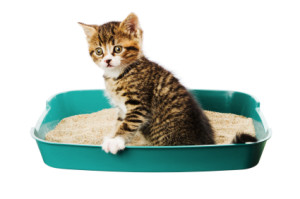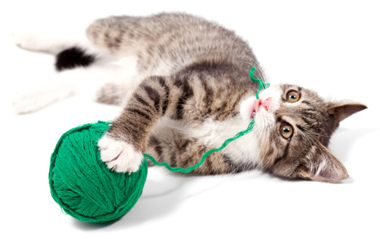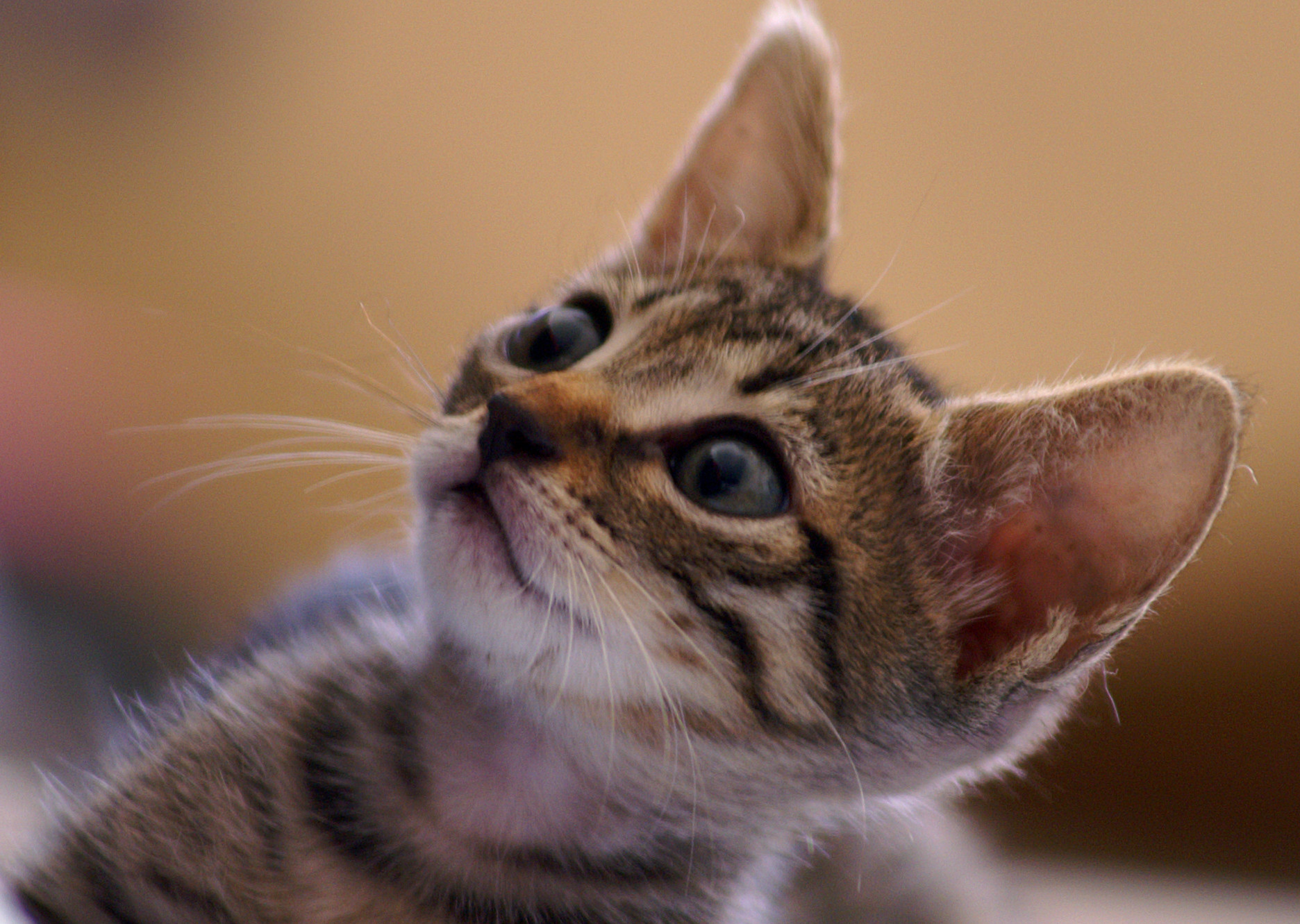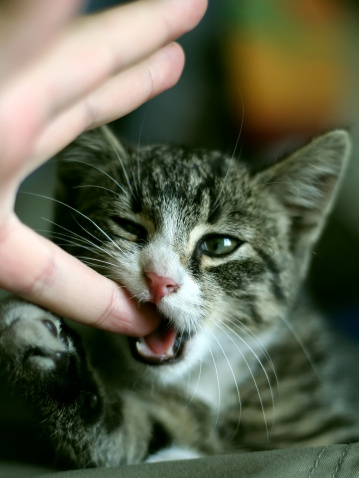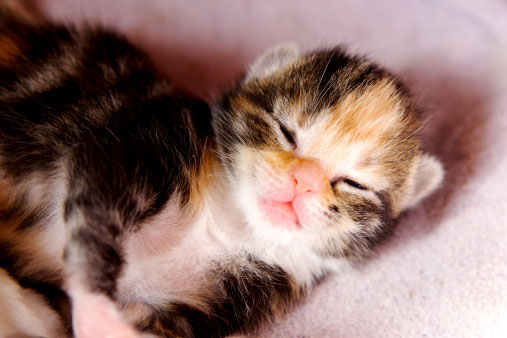Usually, cat and kitten owners are pretty lucky–kitten litter box training is not as difficult as it is to potty-train toddlers or puppies.
In fact, training kittens to use the cat box is relatively easy, since scratching in litter simulates kittens’ natural behavior.
Cats and kittens in the wild know instinctively to bury their waste in the soil to avoid attracting predators.
Tiny newborn kittens, until they’re 3 or 4 weeks old, are used to having their mom ingest of all their waste, so moving on to litter box training is a big step for the little ones.
Yes, there will be some accidents early on especially at this age, since they are just learning to control their bladders.
Some kittens have a more difficult time learning to become “accident-free,” and your carpeting bears the brunt of it! Keep reading for helpful tips to litter train your kitten.
They will begin to learn by watching their mom but there are things you can do to help them make the transition.
Early Litter Box Training Steps
Since this is about the same time that they are being weaned onto semi-solid food, it will be helpful to place the kittens one-by-one into the litter box after each meal, when they are likely to need to go.
The first time, place a kitten in it gently and scratch at it with your fingers or hold his paw carefully and make him scratch. If he goes, great!
If he jumps out immediately, try the training again in a few minutes, but don’t overdo it–too much he may start to get turned off to the whole idea!
When one of the kittens does go, don’t clean it right away. Leave some urine and feces in the box for a couple days so they can smell it and get closer to understanding its purpose.
If your kitten has an accident, do NOT punish her.
Rubbing her nose in her own feces will just cause her confusion and fear, and if you put her in the box immediately after doing this she may avoid it altogether.
You do not want to raise a fearful and anxious kitten! All kittens will get through litter box training and accidents don’t last forever. Just be patient.
Kitten Litter Box Training: Selecting the Right Cat Box
When kittens are very little and you are just beginning litter box training, make sure the box or tray you select is not too steep for them to climb in and out of.
You want to make training an easy transition, not an Olympic event!
Make it as simple for them as possible to ensure success.
As the kittens are litter box training, make sure to keep the cat box in a convenient and accessible location. Near their normal activity area is best because “out of site is out of mind.”
Keeping it nearby will help assure that the kittens have time to reach it when nature calls.
Even if it may be convenient, do not place the tray near their food and water.
Mama cat begins training them to leave the nesting and eating areas to do their business. It goes against their instinct, and is unsanitary.
When choosing their first “toilet,” you will find that there are so many types of boxes available. Begin with a basic uncovered model for early litter box training.
If You Have Other Pets in the Home
If you have a dog in your household, opt for the cover or better yet, put the litter box in the corner of the kittens’ crate if you have one.
(Dogs enjoy the taste of cat feces, and will enjoy some heartily if given the chance!)
Make sure the kittens have their own box to share among themselves and that mama cat has her own as well.
If you adopted a kitten and have other cats in your home, make sure you get the new kitten his own box.
The rule is to have one litter box for each cat plus one. So if you have 1 kitten get 2 boxes, if you have 2 cats get 3 boxes, etc.
Choosing the Litter for Litter Box Training
There are lots of types of cat litter available, from recycled sawdust and newspaper pellet litter, to white crystals, clumping, etc.
You may try different types to see what your kittens like best, but most owners find the best kind is a medium grain clay.
Clumping styles make clean up easier, and is often preferred by owners, but it has been linked to respiratory issues in cats.
Scented litter is not very much favored by cats, so try an unscented version if the kittens seem offended by the perfume.
Clay litter that is too fine easily gets tracked in the house, and course crystal litter can be a little too rough for tender pink pads, so will make training more difficult.
(If your litter box trained kitten suddenly begins having accidents again, however, check with your vet to make sure there isn’t a medical problem.)
It’s important to avoid clumping types until kittens are at least 6 weeks old–fatalities have occurred from impassible clumps in their stomachs.
Choose non-clumping or pellet varieties until they grow out of the “tasting” phase.
With all the cat litter choices available, don’t get overwhelmed, just keep experimenting–the best kitty litter is the one that you are all happy with!
When you fill the box, keep the litter level between 3 and 6 inches, and clean it every day.
The litter box itself should be cleaned and sanitized once a week and have fresh litter each time.
Cats and kittens like to be very clean, so keeping a clean toilet will help them (and you!) enjoy a speedy litter box training experience.
Need more help with kitten litter box training? Find out how to get instant access to our Litter Box Training Action Guide.


